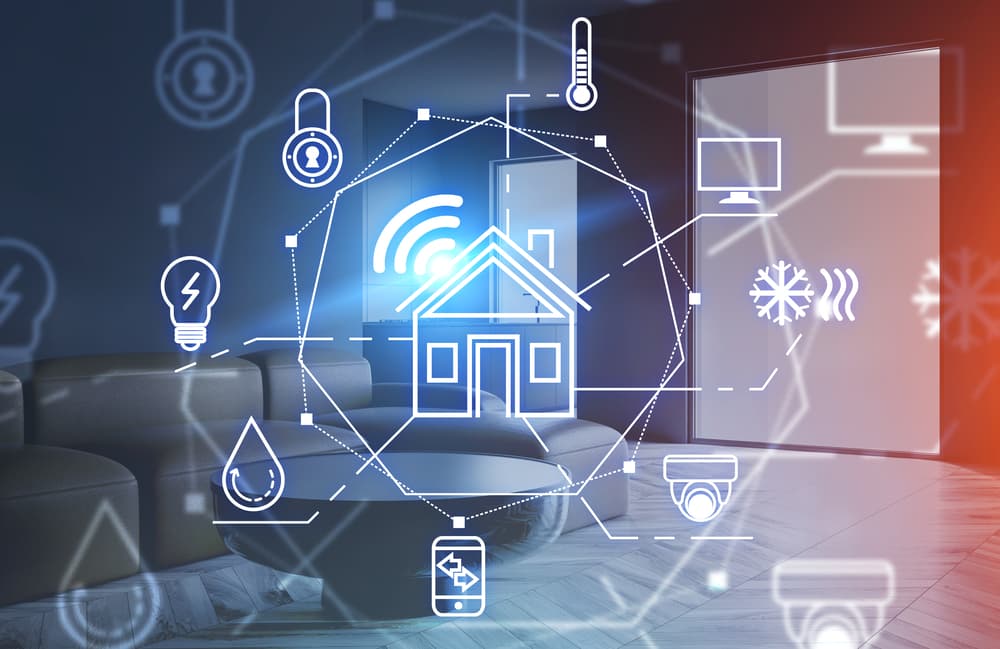
Automated Water Conservation Tools: Revolutionizing Sustainability
Share
In the realm of technology, the advent of Automated water conservation tools signifies a step forward in sustainable development. As tech professionals and enthusiasts keenly understand, the nexus of technology and environmental sustainability holds the key to a future where resource efficiency is maximized. These tools are not merely gadgets but represent a paradigm shift in how we manage one of our most precious resources: water.

The Significance of Water Conservation
Water is the lifeblood of our planet, yet its scarcity is a growing concern. With global population increasing and the demand for water surging, innovative solutions are imperative. Automated water conservation tools are at the forefront of these innovations. From smart irrigation systems that adapt to weather patterns, to water leak detectors that prevent waste, these tools offer a comprehensive approach to water management.
Smart Irrigation Systems
One of the most impactful applications of automation in water conservation is within irrigation systems. Traditional irrigation methods often lead to overwatering, which not only wastes water but also harms plants. In contrast, smart irrigation systems, like those discussed in this article on smart irrigation systems, use real-time data to adjust watering schedules based on soil moisture and weather forecasts. This precision ensures that water is used efficiently, promoting healthier plant growth while conserving water.
Leak Detection Technologies
Undetected leaks are silent perpetrators of water waste. Automated leak detectors, which can be explored further in this review of smart leak detectors, play a crucial role in identifying and alerting homeowners and facility managers to potential leaks before they spiral into major issues. These tools not only conserve water but also protect infrastructure by preventing water damage.
Integrating with Home Automation
The integration of water conservation tools with broader home automation systems creates an ecosystem where resource management is seamless. Through the use of sensors and real-time data processing, homes can optimize water usage without human intervention. For example, systems can automatically stop the water supply when no one is home, as demonstrated in this guide to eco-friendly water management.
Energy Optimization and Water Usage
There is also a significant intersection between energy use and water conservation. Many automated systems are designed to minimize energy consumption, which in turn, aids in water conservation efforts. Detailed insights into this can be found in the article on energy optimization with automation. By using less energy to treat and pump water, these systems contribute to a more sustainable environment overall.
Conclusion: The Path Forward
The evolution of Automated water conservation tools is an exciting frontier for tech professionals and enthusiasts committed to sustainability. These tools not only reduce water waste but also foster a culture of efficiency and responsibility. As we continue to face environmental challenges, embracing such technologies will be crucial.

FAQs
- How do automated water conservation tools work? Automated tools utilize sensors and data analytics to optimize water usage by adjusting based on real-time conditions and usage patterns.
- Can these tools be integrated into existing home systems? Yes, many automated tools are designed for compatibility with existing home automation systems, enhancing overall efficiency.
- What are the cost benefits of implementing these tools? While initial costs can vary, the long-term savings from reduced water and energy bills often outweigh the investment. Learn more about the financial implications in this cost breakdown of bathroom remodeling.
Adopting automated water conservation tools not only contributes to personal savings but also plays a vital role in the global effort towards sustainability. For further reading on how green technology integrates into home systems, check out this article on green home technology.
